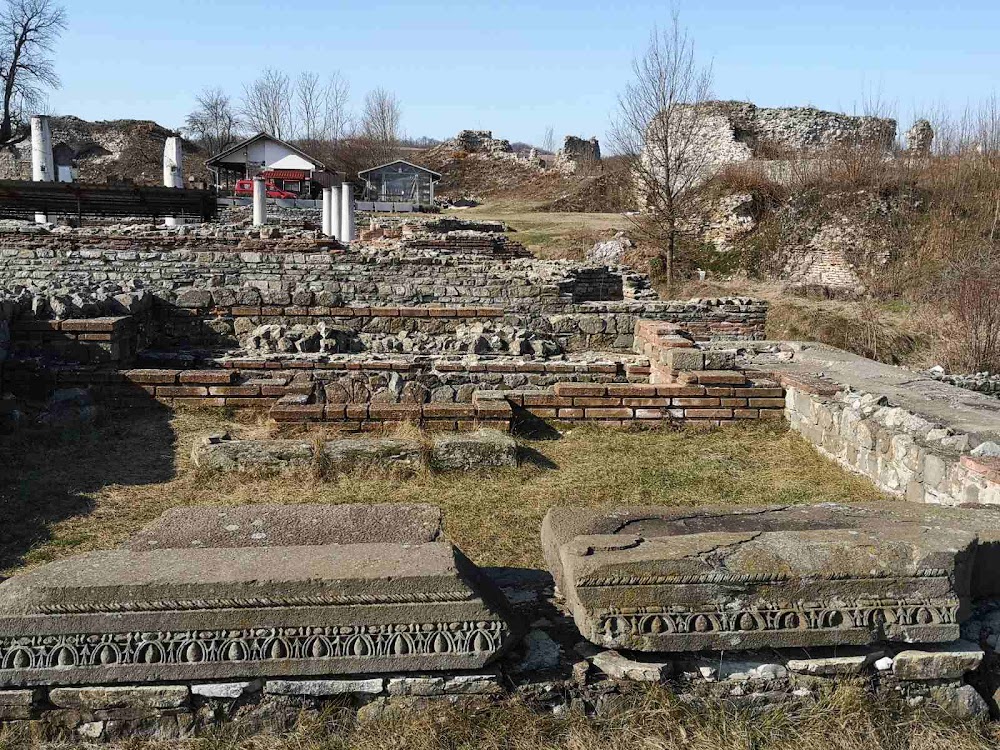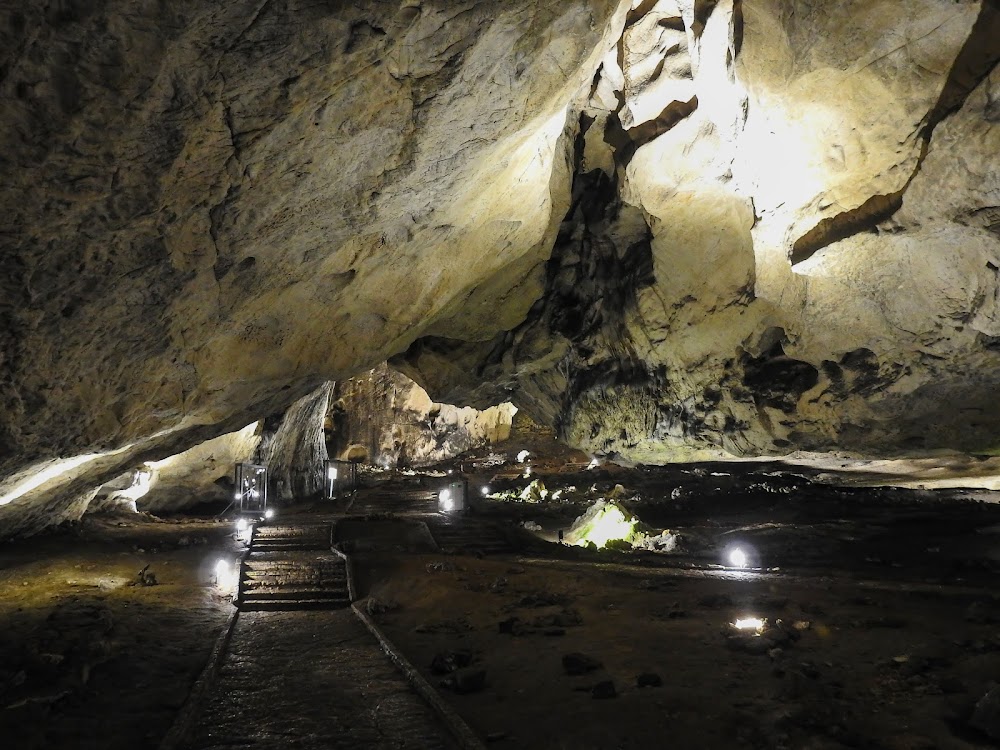Felix Romuliana (Феликс Ромулијана)
Related Places
Overview
Felix Romuliana, also known as Gamzigrad, is an extraordinary ancient Roman palace and memorial complex nestled in the Zaječar District of eastern Serbia. Constructed during the late 3rd and early 4th centuries under the orders of Roman Emperor Galerius, this archaeological gem was dedicated to his mother, Romula, which is the origin of its name "Felix Romuliana."
The construction of this majestic palace commenced around 289 AD. Galerius, a prominent figure in the Tetrarchy—a system of governance by four emperors—envisioned Felix Romuliana as both a luxurious residence and a venue for grand ceremonial events. Notably, it also functioned as a fortified camp, designed with military necessity in mind due to the constant threats from neighboring tribes.
Surrounded by robust walls that stretch over 450 meters, the complex features 20 imposing towers, emphasizing the strategic military mindset of the Roman Empire at the time. These walls, approximately 3 meters thick and constructed from a blend of stone and bricks, exemplify the durability characteristic of Roman architecture.
Inside the fortified enclosure, visitors are greeted by stunning mosaics, statues, and sculptures that showcase the architectural brilliance of the Romans. The central area of the palace was lavishly designed with exquisite living quarters, ornate bathhouses, and reception halls, all leading into marble corridors. The intricate mosaics adorning the floors depict various themes, including mythological scenes that reflect both everyday life and spiritual beliefs of the era.
A highlight of Felix Romuliana is its impressive basilica, which likely served as a venue for religious ceremonies. The basilica features a spacious nave and an intricately adorned apse, providing a fascinating glimpse into the architectural styles that would later influence Christian church designs. Another striking feature is the Tetrapylon, a four-sided archway that marks a significant intersection within the complex.
The materials used in the construction of Felix Romuliana—locally sourced limestone, brick, and marble—demonstrate the advanced engineering techniques of the Romans. Skilled artisans and laborers, potentially including local inhabitants and soldiers, contributed to the building process, showcasing a high level of craftsmanship that suggests some artisans were brought in from other regions of the empire.
The site also boasted remarkable thermal baths, a testament to the Roman tradition of public bathing as a vital social and recreational activity. These baths were ingeniously engineered with hypocaust systems for heating the floors and walls of the bathing chambers, highlighting the innovative capabilities of Roman engineering.
Beyond serving as Galerius's residence, Felix Romuliana was a monumental symbol of his divine right to rule. Even after his death in 311 AD, the complex retained its ceremonial significance, with both Galerius and his mother Romula believed to have been deified, their likenesses captured in statues and busts throughout the palace grounds.
Throughout the centuries, Felix Romuliana faced periods of abandonment, particularly during the migrations and invasions of late antiquity and the medieval era. It wasn't until the 20th century that systematic archaeological excavations unveiled the site's historical importance, revealing the palace's original grandeur and providing invaluable insights into Roman architecture and imperial ideology.
In 2007, Felix Romuliana gained international recognition when it was inscribed as a UNESCO World Heritage Site. Today, it stands as a magnificent testament to the splendor of Roman imperial architecture, offering visitors an immersive experience of the opulent lifestyle and advanced engineering of ancient Rome.
As one of the most significant archaeological sites in Serbia, Felix Romuliana attracts scholars and tourists alike. Ongoing excavations continue to illuminate its rich history, ensuring that the legacy of Emperor Galerius and this monumental complex will endure for generations to come.






